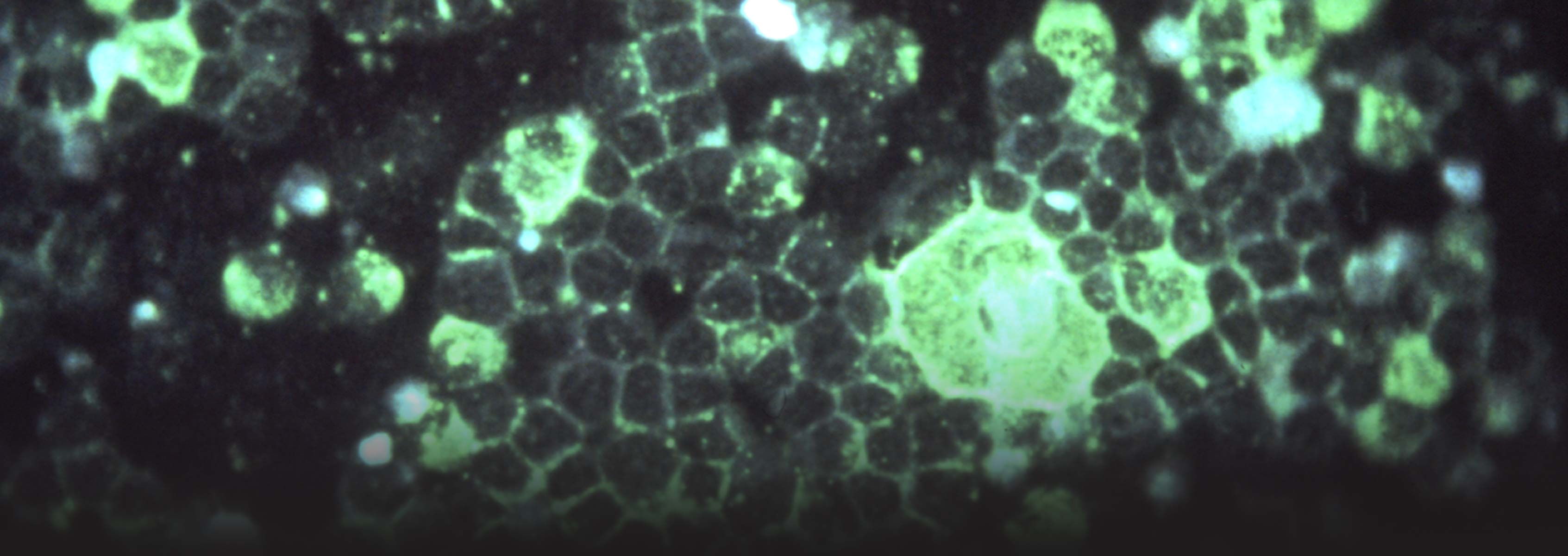Respiratory Syncytial Virus: Host-Virus-Microbiome Interactions

As the single most important cause of serious lower respiratory tract disease in infants and young children in the United States and globally, RSV is of considerable public health importance and a high priority for vaccine development. RSV causes lower respiratory tract illness and potentiates childhood wheezing and asthma. Infants at risk for RSV infection and subsequent asthma have been frequently found to have bacterial super-infections and there are high incidences of pulmonary bacterial co-infection in children with severe RSV bronchiolitis. Whether this reflects a defective innate immune response very early in life among those predisposed to develop severe RSV infection and/or asthma, or whether this altered colonization or co-infection results or causes more severe disease is not known.
The goals for this study are to: 1) perform RSV full-genome sequencing to identify signature sequences of virulence and to correlate genotypes with host and microbiome responses; 2) determine the changes in microbial diversity caused by RSV infection; and 3) use RNA-seq to determine the local upper respiratory tract gene expression levels of the host, virus, and microbiota during RSV infection.
We will utilize RSV isolates obtained from INSPIRE, a Nashville birth cohort study, with defined parameters of illnesses, such as respiratory severity scores (i.e. a 12-point score based on respiratory rate, heart rate, and wheezing severity). The INSPIRE study also measures cytokine and chemokine levels in nasal washes, so this clinical data will be associated with the viral samples.
Publications
The Journal of allergy and clinical immunology. 2018-11-01; 142.5: 1447-1456.e9.
Nasopharyngeal Lactobacillus is associated with a reduced risk of childhood wheezing illnesses following acute respiratory syncytial virus infection in infancy
Scientific reports. 2018-07-27; 8.1: 11318.
Cotton rat lung transcriptome reveals host immune response to Respiratory Syncytial Virus infection
The Journal of infectious diseases. 2016-12-15; 214.12: 1924-1928.
Differences in the Nasopharyngeal Microbiome During Acute Respiratory Tract Infection With Human Rhinovirus and Respiratory Syncytial Virus in Infancy
Scientific reports. 2016-05-23; 6.26311.
Respiratory Syncytial Virus whole-genome sequencing identifies convergent evolution of sequence duplication in the C-terminus of the G gene
American journal of respiratory and critical care medicine. 2016-05-15; 193.10: 1180-3.
Nasopharyngeal Microbiome in Respiratory Syncytial Virus Resembles Profile Associated with Increased Childhood Asthma Risk
Funding
Research reported in this publication was supported by the National Institute Of Allergy And Infectious Diseases of the National Institutes of Health under Award Number U19AI110819. The content is solely the responsibility of the authors and does not necessarily represent the official views of the National Institutes of Health.